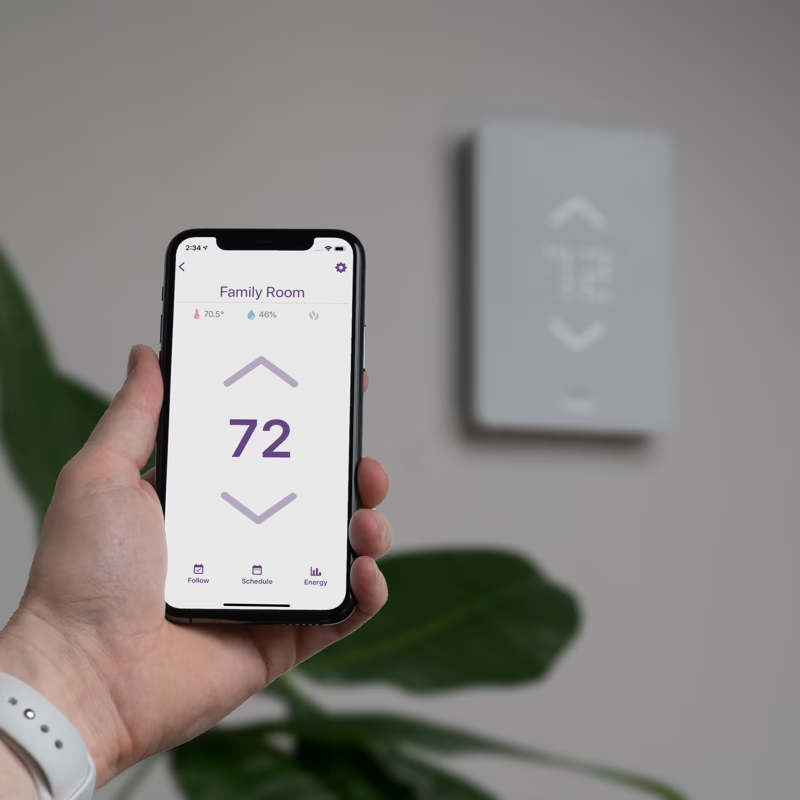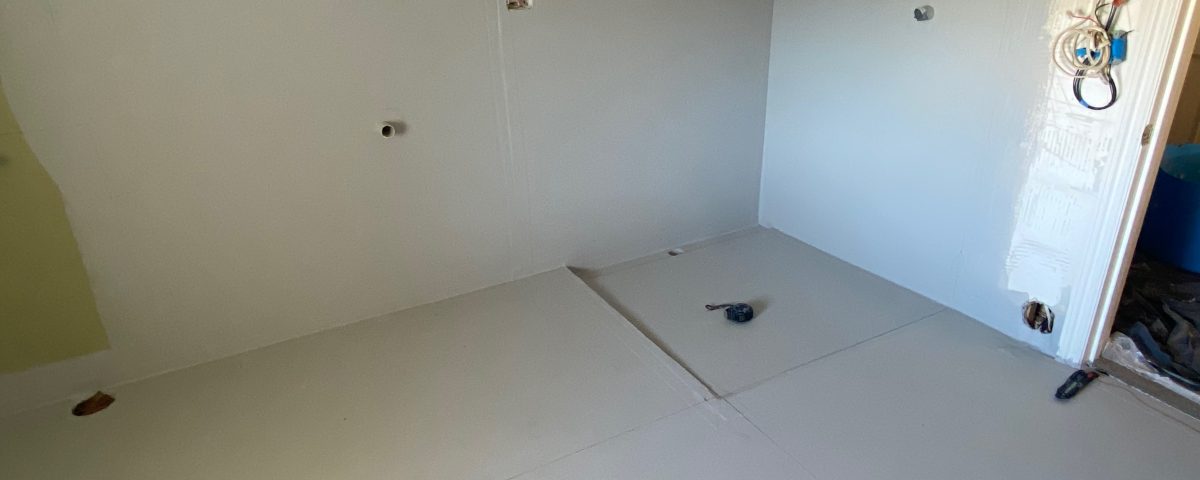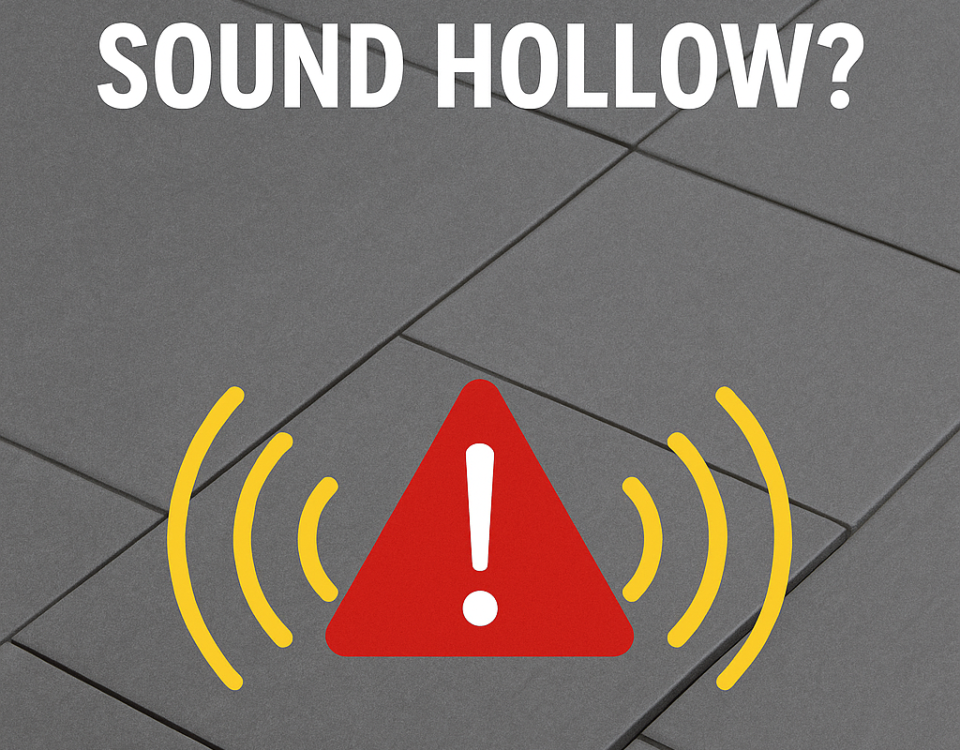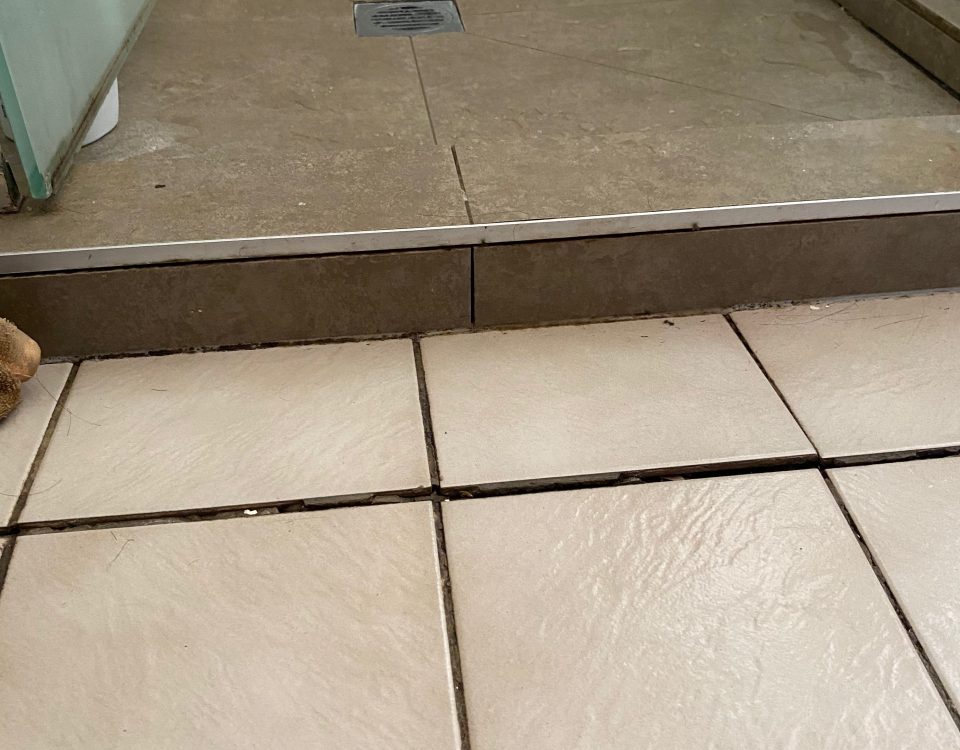
Why Eco Tiling Matters
May 19, 2025
Smart Home Heating and Tiling: Seamless Integration for Modern Bathrooms
May 23, 2025When it comes to bathroom renovations, waterproofing is not just a box to tick. It is one of the most critical steps in protecting your home from long term damage. At Ray Tiling, we provide certified bathroom waterproofing services across Auckland, ensuring your tiled areas are both beautiful and built to last.
Why Bathroom Waterproofing Matters
Bathrooms are high moisture areas. Without proper waterproofing, leaks can develop behind tiles and under floors. Over time, this can lead to:
• Water damage to structural framing and flooring
• Mould and mildew growth
• Expensive repairs and insurance problems
Waterproofing is especially important in tiled showers, wet rooms, and bathroom floors where moisture exposure is constant.
Is Waterproofing a Legal Requirement in NZ?
Yes. In New Zealand, bathroom waterproofing must comply with Building Code Clause E3 Internal Moisture. It must be carried out by a qualified professional. In many cases, a PS3 producer statement is required to confirm compliance.
Failing to meet these requirements can result in failed inspections, fines, or costly rework.
How Bathroom Waterproofing Is Done Properly
Waterproofing a bathroom means creating a sealed wet zone where water is contained and cannot escape into the structure. Here is how the process works:
-
Tile Underlay Installation
A cement based tile underlay is installed across all required surfaces. This creates a moisture resistant foundation for the membrane to bond to. -
Priming the Surface
A waterproofing primer is applied to the underlay. Once dry, it allows for strong adhesion of the membrane. -
Applying Butanite Tape to Critical Areas
Waterproof tape is applied to all joins, internal corners, and any surface penetrations such as pipe holes or drains. This step reinforces the most vulnerable points of the area. -
Shower Area Waterproofing
The entire shower zone, including walls and floor, is waterproofed from floor to ceiling. This full vertical barrier is essential due to the constant water exposure. -
Bathroom Floor and Wall Skirting
The rest of the bathroom floor is waterproofed. The membrane continues up the wall by approximately 100 to 150 centimeters to form a skirting. Behind vanities, the membrane is applied to protect from splashes and minor leaks. -
Installing a Waterstop
If your bathroom floor tiles continue into other rooms, a waterstop is installed at the entry point. This acts as a barrier to keep water inside the bathroom in case of leaks or overflows. -
Membrane Application
Two or more coats of waterproofing membrane are applied. Each coat is allowed to dry before the next is added. This creates a strong and consistent waterproof seal.
The goal is to create a sealed bathroom bowl. This works like a shallow container built into the room where any escaped water is trapped and safely directed to the drain.
Common Areas That Should Be Waterproofed
• Shower walls and floors
• Entire wet room spaces
• Around and behind bathtubs
• Bathroom floors and wall junctions
• Behind vanities
• Laundry or utility areas when needed
Why Choose Ray Tiling for Waterproofing?
• Certified and experienced waterproofers
• Detailed process that meets New Zealand council standards
• Clear advice throughout your renovation
• Trusted by Auckland homeowners
We use reliable systems and can provide PS3 documents when required.
Need help waterproofing your bathroom?
Let us make sure your space is fully protected and built to last. Contact us today.




